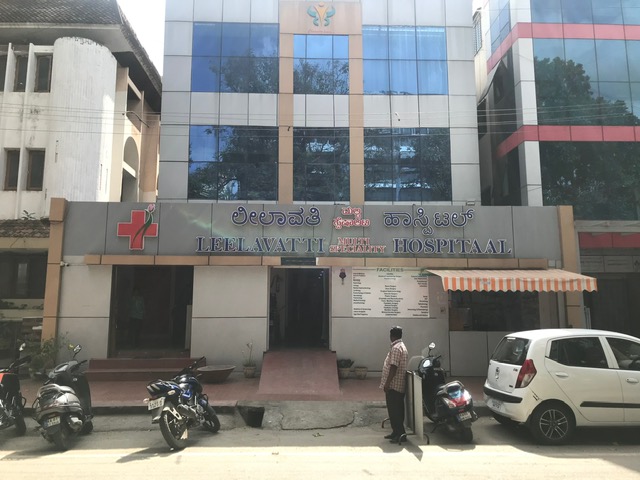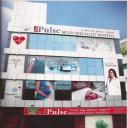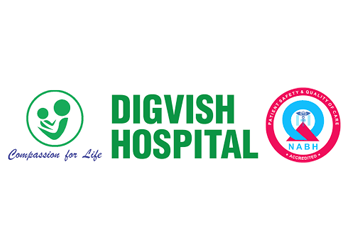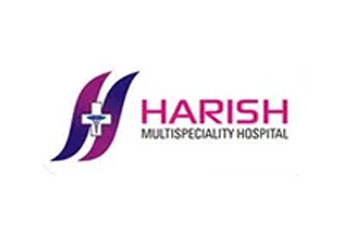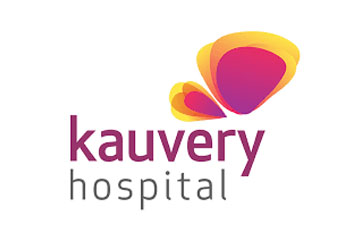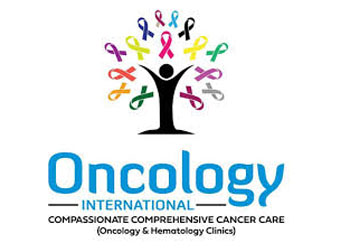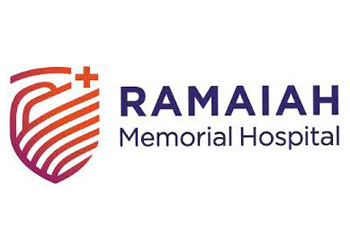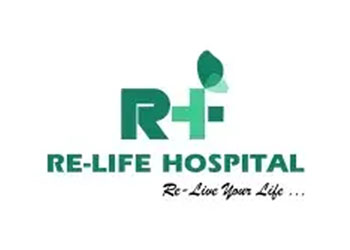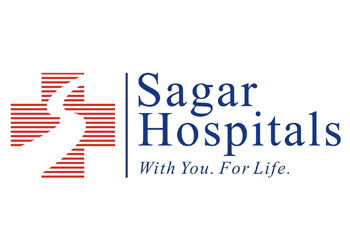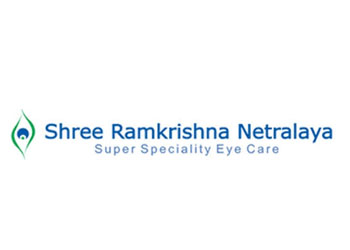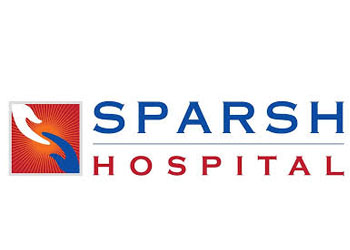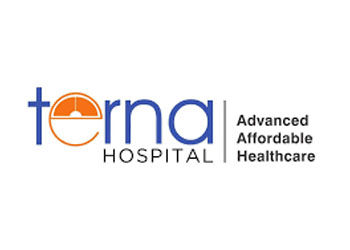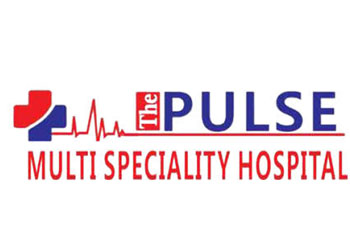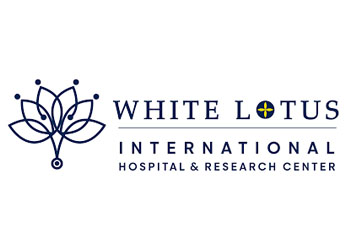Advanced Cardiac Excellence, Tailored Just for You
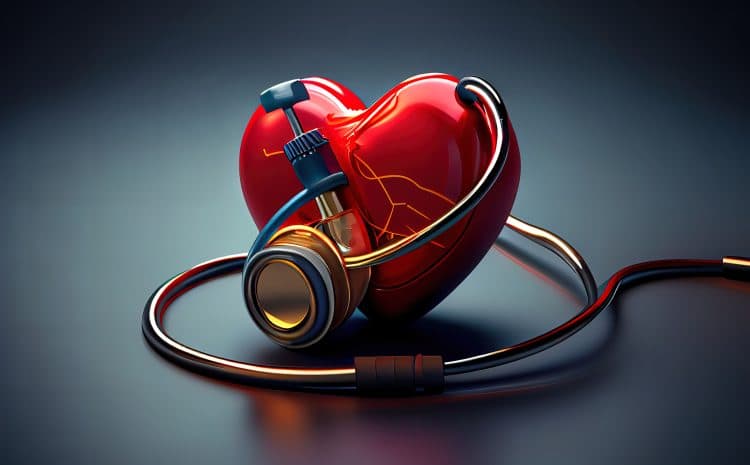
A heart transplant is a major operation, provided to people with end-stage heart failure when other medical or surgical treatments, such as medications or devices, have failed. It entails removing the diseased or failing heart and replacing it with a healthy heart from a deceased donor.
The procedure usually begins with the patient under general anesthetic and an incision in the chest made, and the body placed on a heart-lung machine to maintain circulation. The failing heart is taken out, and a “new” heart from the donor is placed right inside, hooking up the major arteries and veins.
Certain heart transplant patients are those who have end-stage heart disease. Some examples are cardiomyopathy or congenital heart defects. A heart transplant is done when other therapies do not work well.
Heart transplantation is very effective when it comes to increasing life expectancy. It helps people to get back to normal life and reduces problems like shortness of breath. For patients living on borrowed time, a successful heart transplant can be life-changing.

It is a cutting-edge, minimally invasive procedure used to replace a narrowed aortic valve that fails to open properly - a condition known as aortic stenosis. TAVR is less invasive than standard open-heart surgery. A catheter is inserted either through a blood vessel in the leg or the chest, then directed to the heart and a new valve is placed inside the damaged one. When the new valve is dilated, it takes up the function of regulating blood flow and the old valve is pushed aside.
TAVR is ideal for patients who are considered high-risk or ineligible for open-heart surgery due to age or coexisting medical conditions. It is also increasingly being used in low-risk patients because of its excellent safety profile and quicker recovery times. Most patients can expect to stay in the hospital for just a few days and resume daily activities within a short period.
The main advantage of TAVR is that it provides immediate symptom relief, including reduced chest pain, improved breathing, and greater stamina. It significantly decreases the risks associated with untreated aortic stenosis, such as heart failure or sudden cardiac death. Furthermore, patients report better quality of life post-procedure, often regaining the ability to walk longer distances and enjoy activities they had previously given up.

A Left Ventricular Assist Device (LVAD) is a mechanical pump implanted in the chest to support heart function in individuals with severe heart failure. The device helps the left ventricle, the heart’s main pumping chamber, circulate blood to the rest of the body. The procedure is typically performed under general anesthesia. Surgeons open the chest, attach the LVAD to the heart and aorta, and tunnel power cables through the skin to connect with an external battery pack.
LVAD implantation is commonly recommended for patients with end-stage heart failure who are awaiting a heart transplant (bridge to transplant) or those who are not transplant candidates but need long-term support (destination therapy). It is also used for temporary support in cases where heart function is expected to recover (bridge to recovery).
Once implanted, the LVAD takes over much of the heart’s pumping ability, reducing symptoms like fatigue, fluid retention, and breathlessness. It enhances organ perfusion, allowing the kidneys and liver to function better, and helps improve exercise capacity and overall quality of life.

Coronary Artery Bypass Grafting (CABG) is a surgical procedure designed to improve blood flow to the heart muscle in individuals with severe coronary artery disease (CAD). CAD occurs when arteries supplying the heart become narrowed or blocked due to plaque buildup, restricting blood and oxygen flow. CABG involves taking a healthy blood vessel from another part of the body (commonly the leg, arm, or chest) and grafting it around the blocked artery to create a new pathway for blood to reach the heart.
Performed under general anesthesia, CABG typically requires stopping the heart temporarily and connecting the patient to a heart-lung machine. In some cases, “off-pump” techniques are used where the heart continues to beat during surgery. Multiple grafts may be created depending on how many arteries are blocked.
CABG is generally recommended for patients experiencing frequent angina, reduced heart function, or blockages in multiple major arteries. It is also preferred for diabetics and those who haven't benefited from stenting or medication.

An aortic aneurysm occurs when a portion of the aorta, the body’s largest artery, becomes weakened and bulges outward. If left untreated, the aneurysm may rupture, causing fatal internal bleeding. Aortic aneurysm repair is a procedure designed to reinforce the weakened section of the artery, either through open surgery or a less invasive method known as Endovascular Aneurysm Repair (EVAR).
Open surgery involves a large abdominal or chest incision to directly access and replace the damaged section of the aorta with a synthetic graft. EVAR, on the other hand, is performed through small incisions in the groin, where a catheter is used to guide a stent graft into place inside the aneurysm. Once deployed, the stent reinforces the artery wall and redirects blood flow away from the aneurysm sac.
The procedure is usually recommended for aneurysms larger than 5 cm in diameter or those that are growing rapidly or causing symptoms like pain or pressure. It may also be performed as an emergency intervention in cases of rupture.

Coronary Artery Disease (CAD) is a condition where the arteries supplying blood to the heart muscle become narrowed or blocked due to the buildup of fatty deposits, known as plaque. This buildup reduces oxygen-rich blood flow to the heart, leading to chest pain (angina), shortness of breath, and a higher risk of heart attacks.
CAD is typically diagnosed using stress tests, echocardiography, coronary angiography, and other imaging techniques. Once identified, treatment is tailored based on the severity of the disease. Mild cases may be managed with lifestyle changes and medications that lower cholesterol, control blood pressure, and prevent clotting. More advanced cases may require procedures like angioplasty, where a balloon is used to open blocked arteries, sometimes with a stent placement. In some cases, coronary artery bypass surgery may be necessary.
Ideal candidates for aggressive intervention include individuals with recurrent angina, significant artery blockage, or a prior history of heart attacks. Managing CAD early helps prevent complications such as heart failure or sudden cardiac arrest.
Hospital
Leelavathi Multispeciality Hospital
Cardiology Synthesis
N0 7,2nd main road , Chamarajpet
- Bangalore, Karnataka
-
Timings:
24/7 Service
PULSE MULTI SPECIALITY HOSPITAL
Cardiology Synthesis
NO/5/8/1 ,50 FEET ROAD MUNESHWARA BLOCK GIRINGAR, BANGALORE.
- Bangalore, Karnataka
-
Timings:
24/7 Service





